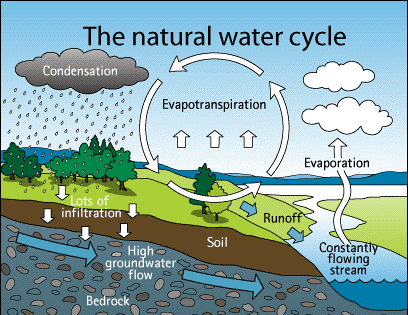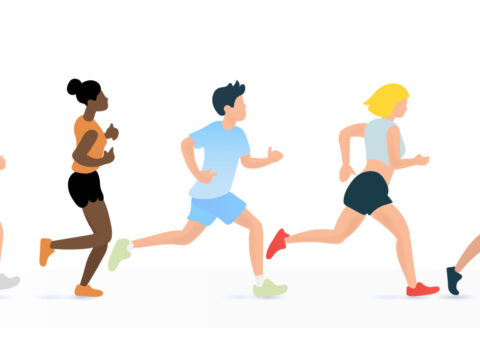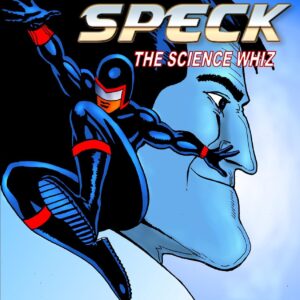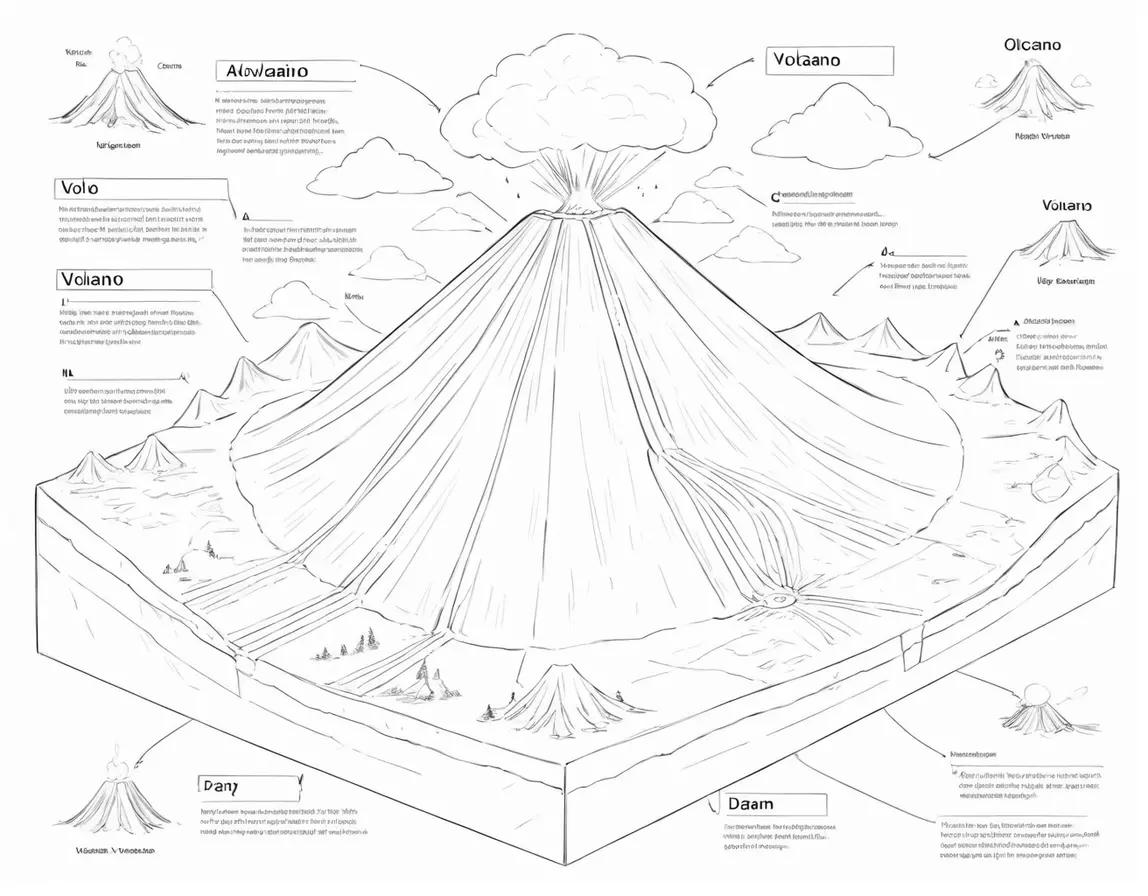
A very small bug can be seen flying above a body of water. One of the fish notices the insect floating on the surface of the water. The fish swims up to the insect and consumes it. The smaller fish is quickly devoured by a fish that is only marginally larger. Later on, a fish that is even larger than the first one consumes the somewhat larger one.
At the pond, you decide to start fishing. You manage to reel in the hefty catch, prepare it, and eat it for dinner. In its most basic form, this is how a food chain operates.

A food chain is a process by which energy (obtained from the consumption of food) is transferred from one living organism to another through a hierarchy of predators and prey. The first “link” in the majority of food chains is comprised of plants.
Sunlight provides the energy that plants need to manufacture their own nourishment (photosynthesis). The leaves and stems of the plant are where the energy is stored. In the context of food chains, plants are referred to as primary producers.
Consumers are the common name for animals.
Primary consumers are animals that feed solely on plant matter. Animals that ingest the flesh of other species are referred to as secondary consumers.
The processes of consuming and being consumed are the pathways by which energy is transferred from plants to larger creatures. Akin to the links that make up a chain, every component of the food chain is in direct communication with every other component.


















